Retro Replay Review
Gameplay
Mary Shelley’s Frankenstein presents an intriguing blend of adventure, puzzle-solving, and fighting mechanics, giving players a multifaceted experience as they guide the Monster through his banishment and quest for purpose. The game alternates between three distinct modes—Exploration, Combat, and Long View—each offering its own unique challenges. This hybrid structure adds variety, ensuring that no two levels feel exactly alike, though it can sometimes disrupt the pacing for those who prefer a more consistent flow.
In Exploration Mode, you navigate side-scrolling interiors, investigating objects and collecting items to solve environmental puzzles. The limited inventory system forces you to weigh which objects are most essential, and clever level design often has you returning to earlier areas once new tools are found. Occasional dialogue interludes with Dr. Frankenstein and villagers help ground the narrative, but some players may find the text speed a bit slow for their tastes.
Combat Mode shifts gears entirely, transforming the Monster into a 2-D fighting powerhouse with an array of punches, kicks, and blocks mapped to familiar button combinations. While the move roster isn’t as deep as a dedicated fighting game, it’s serviceable and adds tension whenever a hostile human or creature crosses your path. The controls can feel slightly stiff—especially on faster enemies—but winning these bouts is rewarding and breaks up the puzzle sections nicely.
Long View Mode offers an isometric perspective reminiscent of classic RPG maps, where you guide the Monster across open terrain or through winding mazes. This section emphasizes navigation over combat, and though it can feel repetitive if you’re simply backtracking, it effectively conveys the Monster’s isolation in a hostile world. Overall, the gameplay variety keeps things fresh, even if some transitions are jarring.
Graphics
Graphically, Frankenstein alternates between hand-drawn backgrounds and early 3-D computer graphics. The 2-D environments are richly detailed, evoking the grim, gothic aesthetic of the 19th-century European setting. Character sprites are expressive, with the Monster’s lumbering gait and villagers’ fearful reactions rendered convincingly in pixel art.
The 3-D segments, used sparingly during cutscenes and certain exploratory sections, are serviceable for a mid-’90s title but can feel blocky by modern standards. Still, they add a layer of depth and help distinguish narrative beats from gameplay. Video clips from the 1994 film bookend key moments, lending authenticity to the adaptation though their low resolution occasionally betrays the era’s technical limits.
Animations during combat carry weight, with each punch and kick delivering a sense of heft befitting the Monster’s strength. Backgrounds in both Exploration and Long View modes benefit from moody lighting effects and swirling fog, reinforcing the game’s dark atmosphere. Sound effects are equally effective—chains rattling, villagers screaming, thunder rumbling—immersing you further into the world.
While the graphics won’t rival contemporary releases, Frankenstein’s art direction is consistently strong. The juxtaposition of 2-D and 3-D elements feels ambitious, and though not flawless, it captures the novel’s gothic spirit in a way that pure 2-D or 3-D alone might not.
Story
Drawing directly from Mary Shelley’s novel and the 1994 film adaptation, the game faithfully follows the Monster’s arc of creation, rejection, and existential struggle. From the opening dialogue in Dr. Frankenstein’s lab to the Monster’s anguished wanderings, the narrative remains the emotional core of the experience. Text sequences drive the plot forward, supplemented by occasional cinematic clips that heighten key revelations.
Your role as the Monster is handled with surprising nuance. You’re not simply a rampaging beast; you’re a curious, wounded being seeking acceptance. Encounters with townsfolk underscore themes of prejudice and fear, and you’ll often be faced with moral choices—whether to flee or fight, to show mercy or exact vengeance. This approach elevates the story above a standard brawler.
Puzzle sections tie directly into character development, forcing you to use your intellect rather than brute force. For example, finding a way into a locked barn to rescue an imprisoned ally adds emotional weight beyond a typical fetch quest. While some dialogue can feel expository, it generally succeeds in fleshing out the Monster’s inner turmoil.
By the finale, you’ll have traveled a journey that mirrors Shelley’s original themes of creation, responsibility, and the horror of isolation. Though adaptations inevitably trim certain novelistic details, the game captures the essence of Frankenstein’s tragic narrative better than many contemporaneous movie tie-ins.
Overall Experience
Mary Shelley’s Frankenstein is an ambitious title that juggles multiple genres in service of its source material. The combination of exploration, combat, and isometric travel keeps the gameplay varied, and while transitions can feel abrupt, they also mirror the Monster’s own volatility. Fans of gothic horror and puzzle-driven adventures will find plenty to appreciate here.
The audiovisual presentation, though limited by mid-’90s hardware, delivers rich atmosphere and emotional resonance. Hand-drawn art and moody sound design ground the horror elements, and film clips add authenticity. Combat can be a bit clunky, but it never overstays its welcome, and puzzle segments are satisfying without becoming overly obtuse.
Bonus value arrives in the form of a complete CD and manual for Bram Stoker’s Dracula, included in the package. While this Dracula tie-in isn’t playable here, the manual and soundtrack CD serve as a neat collector’s item for gothic horror enthusiasts and bolster the overall appeal.
In the end, Mary Shelley’s Frankenstein offers an engaging, thematically rich experience that stands out among movie-based games of its era. Its strengths in storytelling and atmosphere outweigh occasional mechanical rough edges, making it a worthwhile purchase for those seeking a dark, narrative-driven adventure with a classic monster twist.
 Retro Replay Retro Replay gaming reviews, news, emulation, geek stuff and more!
Retro Replay Retro Replay gaming reviews, news, emulation, geek stuff and more!
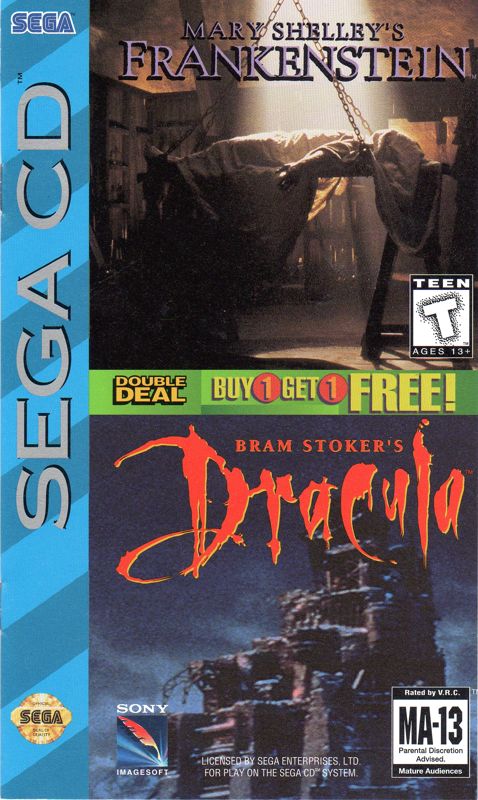
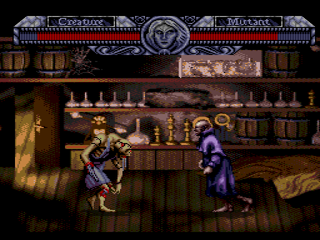
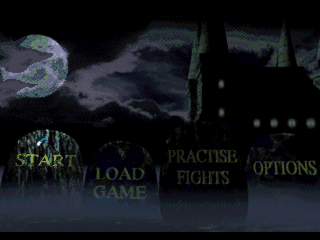
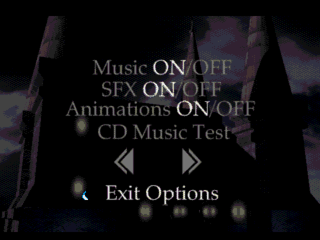
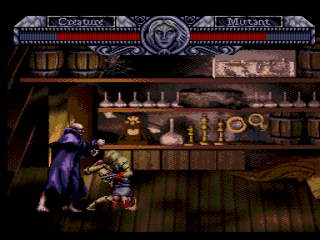



Reviews
There are no reviews yet.